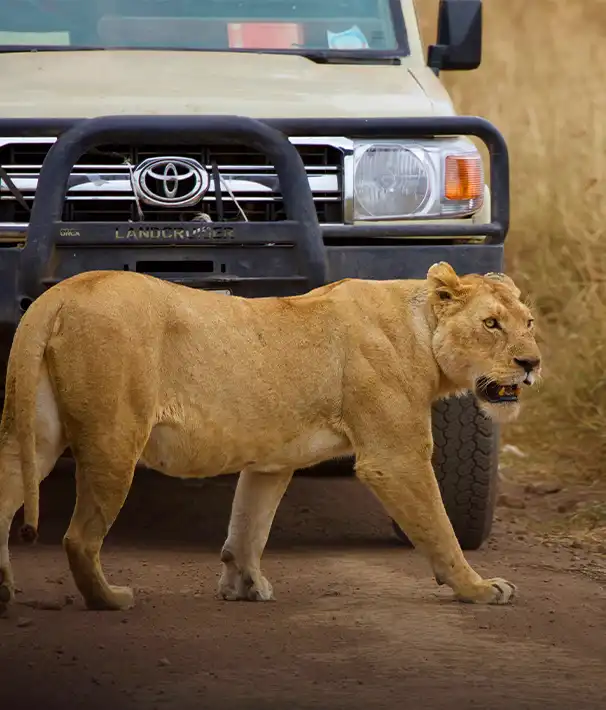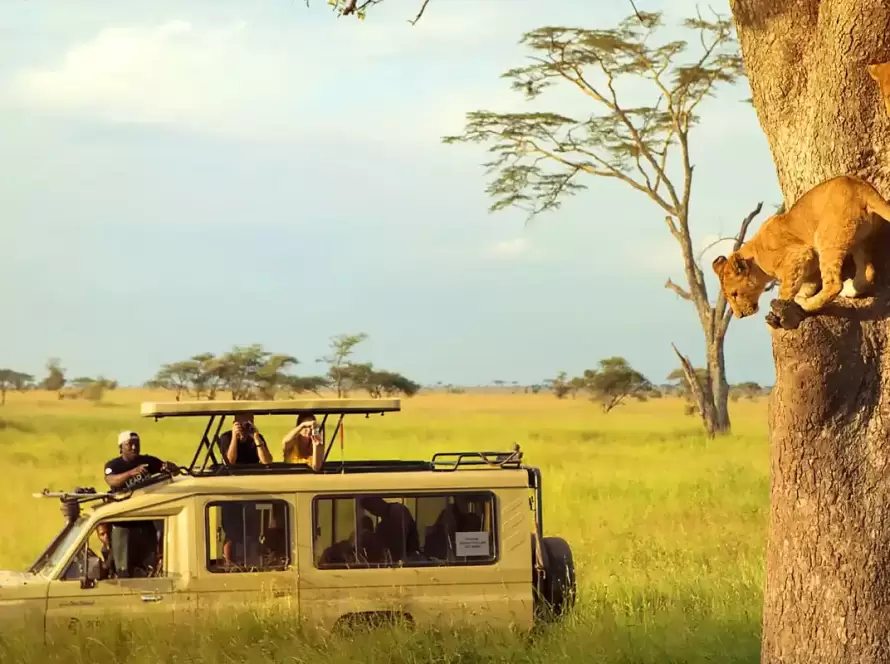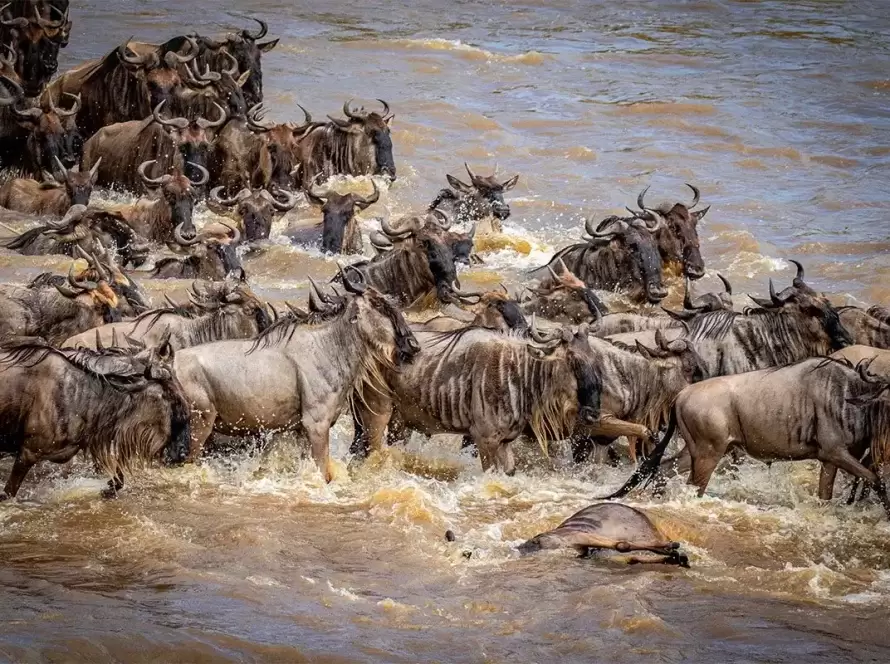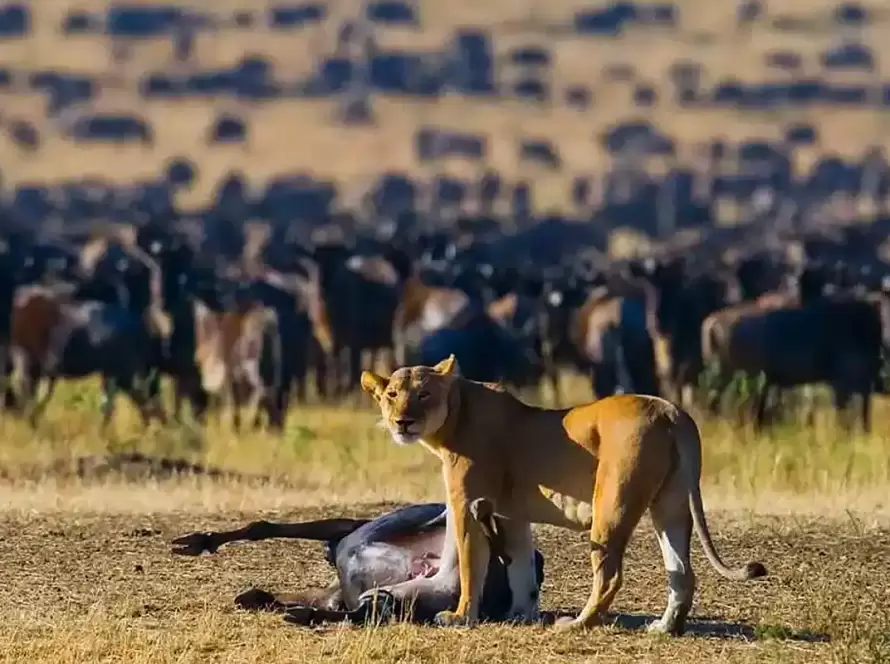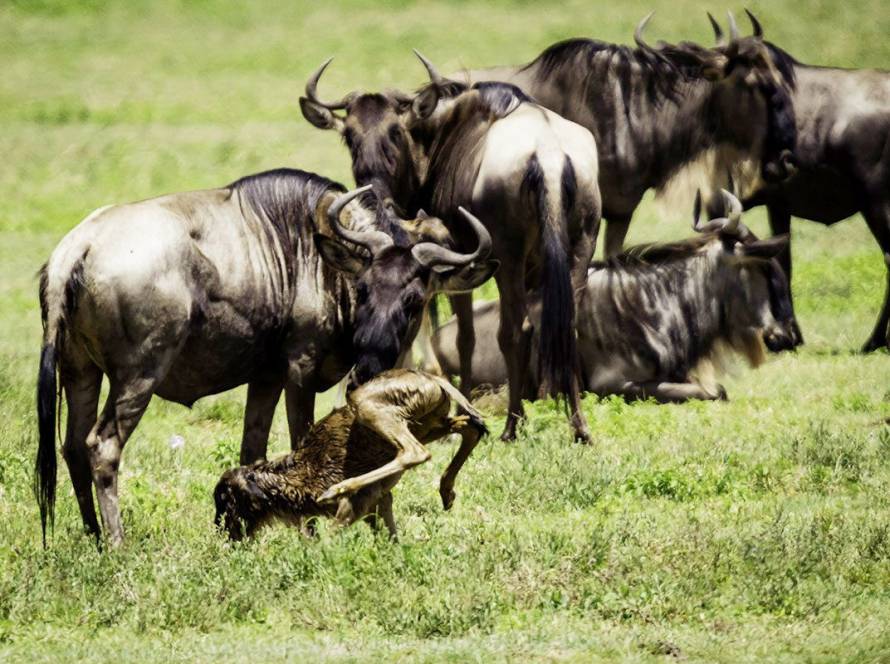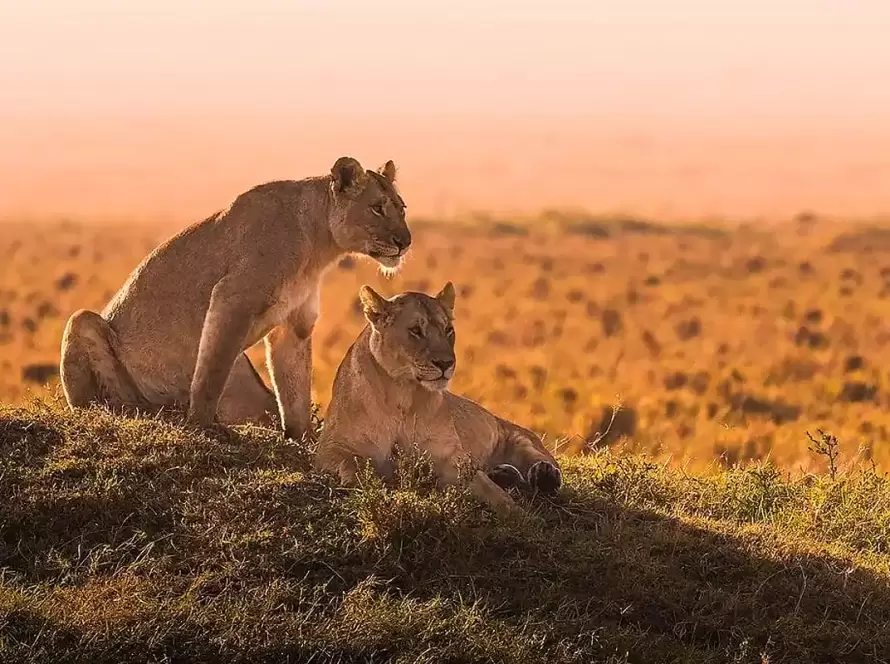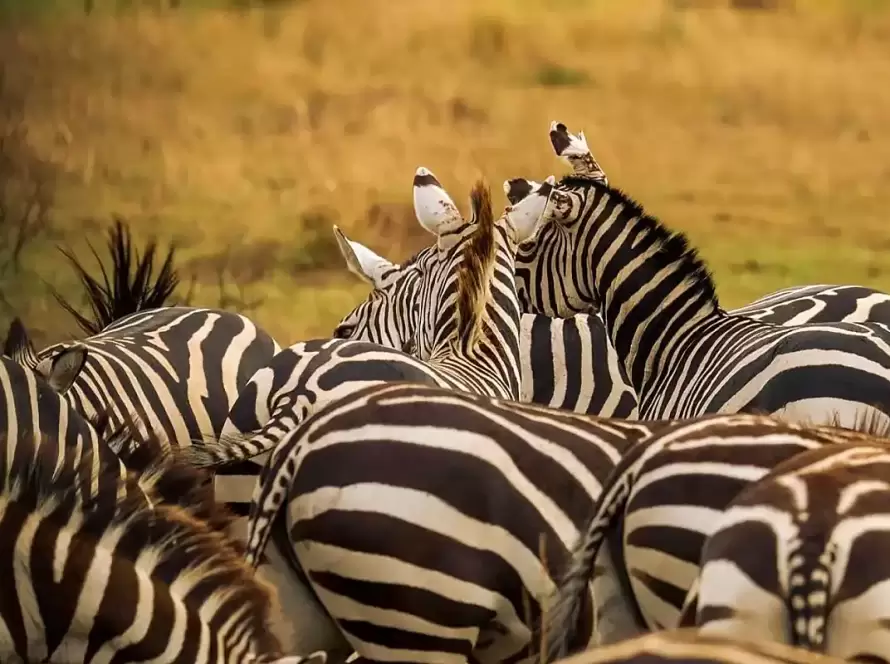Tarangire National Park
Tarangire National Park: Tanzania’s Hidden Gem for Safari Lovers
If you’re looking for a safari experience that feels a bit off the beaten path, Tarangire National Park might just be your ticket. Located in northern Tanzania, about two hours’ drive from Arusha, Tarangire is often overlooked in favor of bigger names like Serengeti and Ngorongoro. But those who take the time to explore it are rewarded with fewer crowds, spectacular wildlife, and a landscape unlike anywhere else in East Africa.
Tarangire is famous for its giant baobab trees, dense elephant population, and seasonal river that draws an incredible variety of animals during the dry months. It’s a park where surprises are around every corner.
Why Tarangire National Park Stands Out
Here’s what makes Tarangire special:
Largest concentration of elephants in northern Tanzania.
Distinctive baobab-studded landscape.
Home to over 550 bird species.
Best chance to spot rarer animals like oryx and gerenuk.
Seasonal migration of wildebeest, zebras, and gazelles.
If you’re hoping for an authentic, less-touristy safari filled with big game and striking scenery, Tarangire should definitely be on your radar.
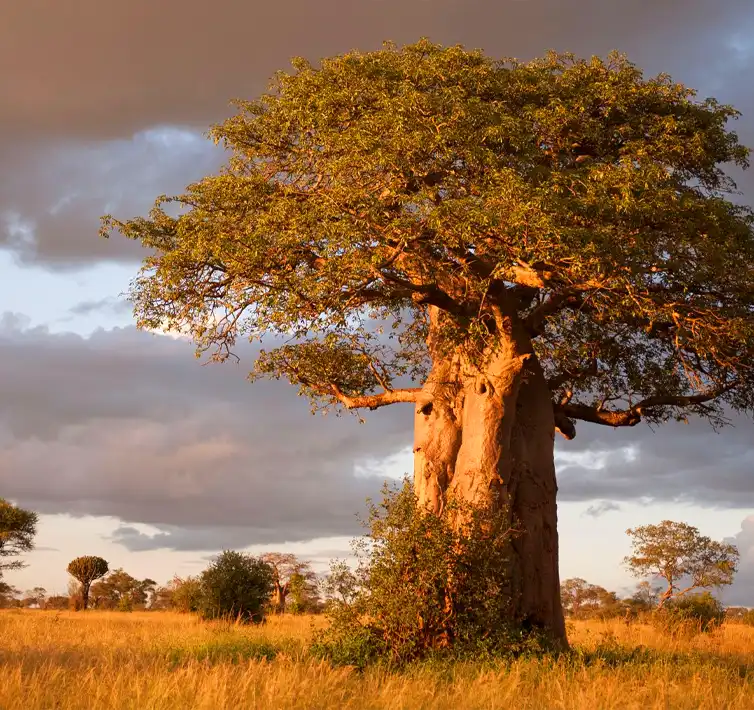
The Best Time to Visit Tarangire National Park
Timing your trip can dramatically affect what you see in Tarangire. Here’s a quick guide:
| Season | Features | Travel Tips |
|---|---|---|
| Dry Season (June – October) | Animals gather at the river, best for wildlife viewing | Peak season, book accommodations early |
| Wet Season (November – May) | Lush landscapes, excellent bird watching | Some roads may be muddy, fewer crowds |
The dry season is prime time for safaris. During this period, the Tarangire River becomes the only water source, attracting huge numbers of animals from miles around.
Safari Experience in Tarangire
Safaris in Tarangire are known for being relaxed and intimate. Here’s what to expect:
Game drives are the most common way to explore. Morning and late afternoon drives offer the best chances for sightings.
Walking safaris are available in some areas, providing a close-up look at the ecosystem.
Night safaris can be arranged through certain lodges, offering a chance to see nocturnal animals like civets and bush babies.
Unlike the Serengeti, where animals can be more spread out, Tarangire’s dry season concentrates the action around the river, making wildlife easier to find.
How to Get to Tarangire National Park
Tarangire is relatively accessible:
By Road: Around 2 hours’ drive from Arusha, typically part of a northern Tanzania safari circuit.
By Air: Charter flights can land at Kuro Airstrip within the park.
Most safari packages that include Tarangire also feature stops at Lake Manyara, Ngorongoro, and Serengeti, offering a well-rounded Tanzanian adventure.
